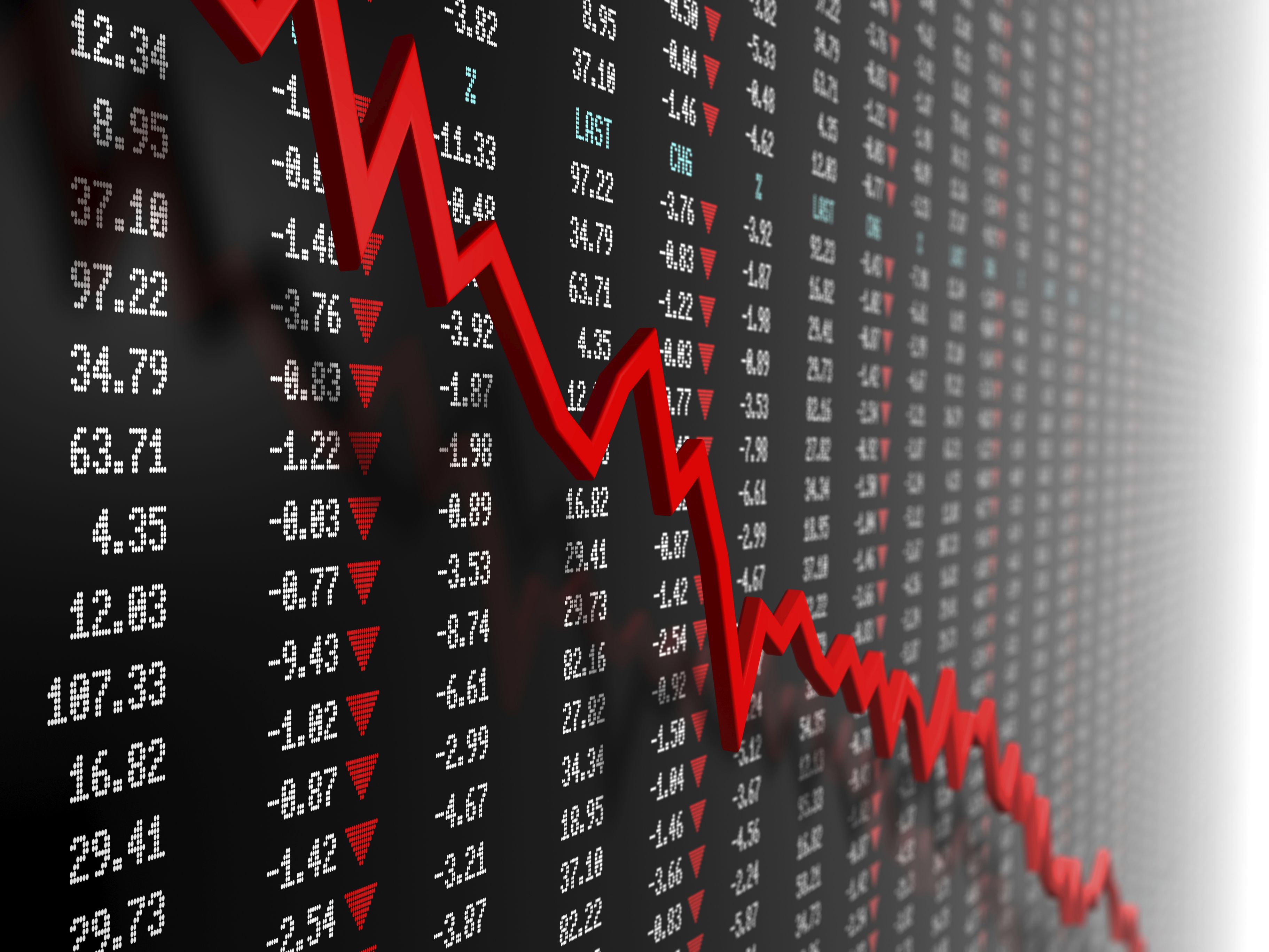Following my successful protective put option trade on Teladoc Health (TDOC), I’ve expanded to use this strategy on a few other stocks in view of the continued bearish trend we’re in.
Since that first put option I bought (you can read about it in this post here), I bought more put options on Zoom Video (ZM), Sea Limited (SE), and ARK Innovation ETF (ARKK) in addition to TDOC.
We have not seen a reversal or stabilisation in the market yet, so I’m using these protective puts to limit further downside while enabling me to hold onto the underlying shares.
How protective puts work
You can read more about protective puts here.
Generally, buying a put option is a bearish move since puts increase in value when underlying stock price drops. However, a protective put is used when you also hold long positions in the underlying stock.
Basically when the stock price declines, the increase in the put option value increases to offset that loss.
The great thing about buying put options is that your downside on the put is limited to the total cost of the put. For instance, the first TDOC put I bought cost me $300 ($3 x 1 lot of 100 units), so I can only lose $300 max. However, my upside on the put is unlimited, and increases as the stock price drops.
To estimate how much the put option value will increase as the underlying stock price drops, we can refer to the option Delta. For example, if the Delta is -0.1, the put option value is expect to increase by $0.1 for every $1 decrease in the underlying stock price.
It’s actually more complicated because the Delta also changes as the stock price moves further or closer to the strike price, but I’m not going into that level of detail in this post.
Read more about option Delta here.
If sized appropriately, the increase in put option value should offset the loss as stock price drops. Conversely, if stock price increases you would only be losing money until the increase in underlying stock value covers the cost of the put option.
In the above example, since I have 12 shares of TDOC and spent $300 on the put option, the price of my underlying shares have to increase by $25/share to breakeven. Anything in between and I’m losing money but to the max of $300.
Why I’m using protective puts
My main consideration was that I’m bullish long-term on my holdings, but I foresee short-term bearishness to continue, especially for the high-growth, disruptive/innovative, ARK Invest type stocks like TDOC, ZM, SE, and of course ARKK itself.
The other option would be to just sell my holdings and buy back in when the market bottoms or when the trend reverses. But the thing is, I’m pretty terrible at market timing.
I want to hold these stocks for 5-10 years, and I’m actually good with seeing more declines and paper losses. However, I don’t think this bearishness will last long so I’ll wait it out and blunt a bit of the pain with protective puts.
The disadvantage of using options is that they expire, unlike the underlying shares. That means that I have to keep track of every option expiry and decide whether I want to close them out before they are exercised at expiry.
For puts I’ve bought, that means I might have to sell the underlying shares if the put option price is below the strike price upon expiry. So far for my protective puts I don’t intend to actually sell the underlying shares, so I usually close them out before expiry.
So far, this strategy has been working pretty well. For the put options I’ve closed for TDOC, ZM, and SE, I’ve actually gained +$400 instead of potentially being down -$300 so that’s +$700, even after fees.
To be clear, I’m only comparing stocks and the period I’ve used protective puts. I’m losing a lot more money elsewhere in the portfolio, sadly.
Last night, I just opened more protective puts on the same 3 stocks above and added ARKK too.
Anyway, I don’t expect to continue this protective put strategy once the market reverses and STONKS start going up again, but for now it seems to be working pretty well in this current market downtrend.
If you’re new to options, do spend some time to learn and understand options trading properly because they can be pretty complicated and can be riskier than trading the underlying shares. Moomoo app also has some basic options educational courses if you’re interested to learn more.
Follow me on Facebook, Telegram, Twitter and Youtube.
Disclosure: I’m long TDOC, ZM, SE, ARKK and hold put options on these stocks as well.
Disclaimer: This is not financial advice. I am not professional financial advisor nor do I work in the finance industry. Anything I write here is purely my personal opinion. Please do your own research and due diligence before investing into anything. All investments come with associated risks. Best to consult a financial advisor if you’re still unsure.
- Standard Chartered Online Trading: Referral link
- FSMOne: Referral code P0267058
- Tiger Brokers: Referral link | Review
- Futu SG (moomoo app): Referral link | Review
- Webull: Referral link
- Syfe Wealth & Syfe Trade: Referral code FINANCEGNOME | Referral link | Review
- Endowus: Referral code J5HPB | Referral link
- CoinHako: Referral link
- Crypto.com: Referral link
- Portseido: Referral link
For more investing resources, see my Referrals page.
Disclosure: This post may contain affiliate links and I may get a commission when you click on the links or open an account through the links, at no additional cost to you. I only recommend products or services that I have personally tried and have found useful.


One thought on “How To Limit Your Downside Using Protective Put Options $TDOC $ZM $SE $ARKK”
Comments are closed.